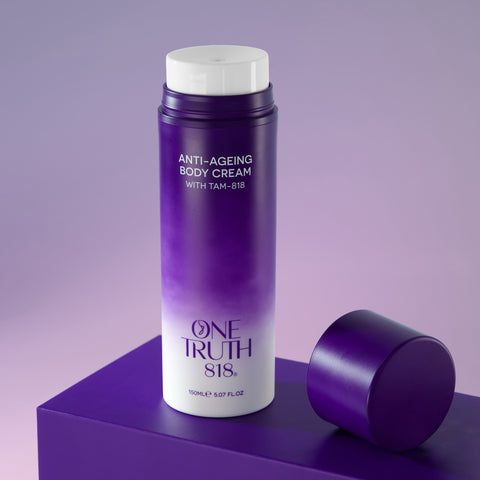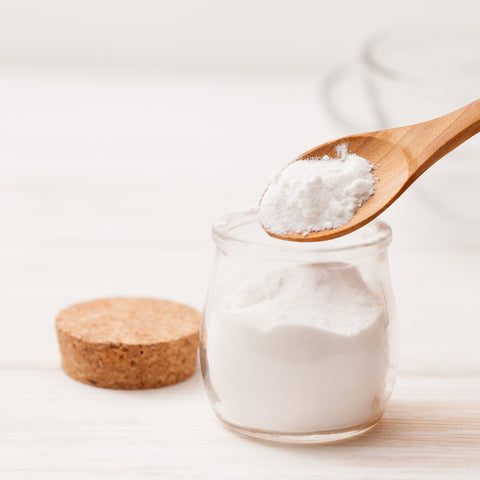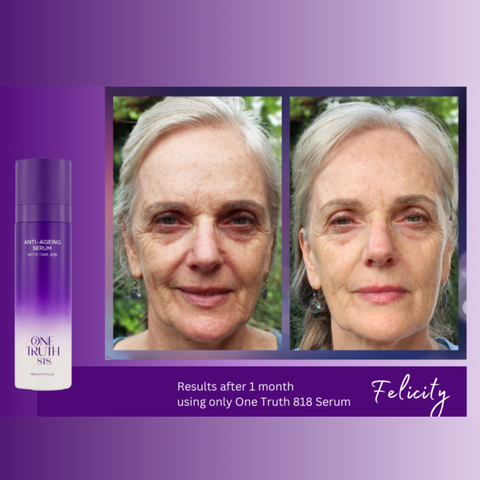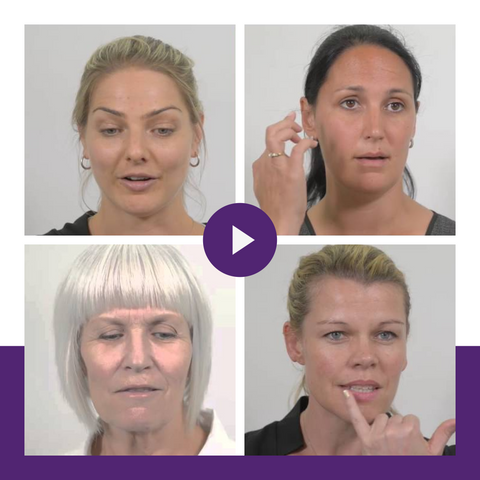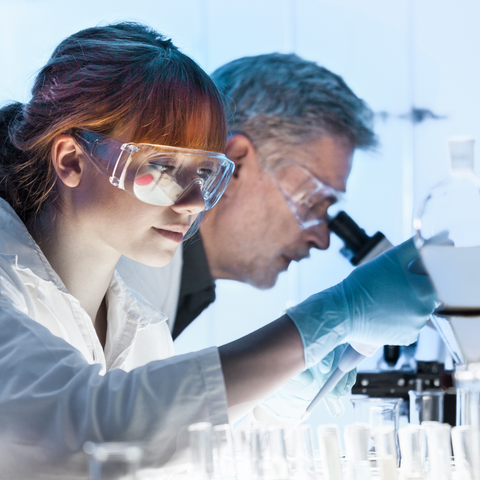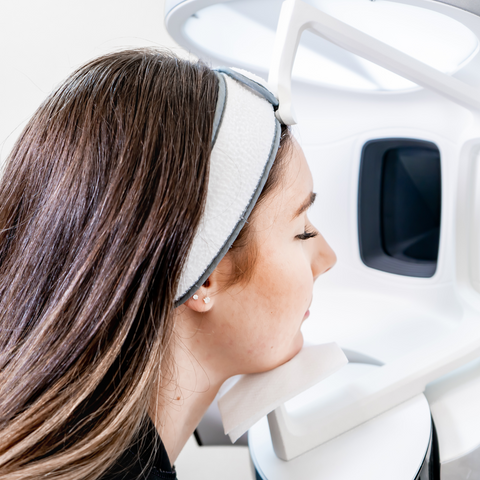The promotional materials about laser treatments talk about encouraging the growth of collagen and repairing scar tissue and sun damage. They talk of light and heat 'energy'. What they don't like to make obvious, is how they do this and the long-term after effects.
Different lasers work by causing various amounts of damage to the skin. Ablative Lasers are the most powerful lasers. They remove the epidermis (the top layer of your skin) and part of your dermis (the second layer of your skin) by superheating water in the skin. This causes vaporization of skin cells, and the body responds by making new skin.
It is sometimes marketed that the heat stimulates growth of new collagen fibres in the dermis. However the dermis is making new collagen fibres and skin cells in order to replace the epidermis which is necessary for your skin to protect you (which is its job after all!) Your clever body creates a new epidermis, because it must for survival.
The issue with these aggressive treatments is they are only focussed on the immediate look and feel of the skin, not how the person will look in consequent years, in fact (to play devils advocate here) if you look worse in several years and think laser will fix your appearance then they’ve made a life-time customer, correct?
If it’s so damaging why does skin looks better after laser? It’s the old fashioned mantra of make a new surface to your skin to make your skin younger. The surface of your skin will look younger through forced repair. However forcing repair accelerates telomere shortening, so your younger looking skin is actually made with older cells. Your youthful appearance will be shorter lived. You’ve aged yourself faster.
Remember the Hayflick Limit? Cells can only divide a certain number of times before they die. And in the lead up to death these old cells (they have critically short telomeres) don’t function well: no collagen, no elastin, pigment goes haywire etc. So forcing your cells to divide faster is without any doubt forcing them to age faster. What forces cell division…Repair! You got it (I knew you were still with me)
It’s not just having to build a new epidermis that is so drastically wrong for your skin but the inflammation caused from the burn is also very detrimental to your skin health. The inflammation causes that lovely ‘tight’ feeling – your poor face is swollen.
Is it really worth it?
I find it ironic that many people use laser as a means to get rid of pigmentation. Ok, if you have pigment on the surface of your face and your surface is removed the pigment will probably be gone. However melanocytes which produce pigment are also in your epidermis and you’re damaging them too. If you force your melanocytes to age faster you’re going to see the fruits of that as an increase in the release of erratic melanin/pigment. Or sometimes they simply give up producing pigment and you’ll be left with white patches on your face.
My major point here is that
DAMAGE IS NOT THE ANSWER!
Sadly though, many are still misled and or misinformed about damaging their skin in the quest to look younger. According to a 2018 report from the American Society of Plastic Surgeons, from 2000 to 2018, laser resurfacing procedures increased by 248 percent, from 170,951 to 600,000.
I’ve seen some permanent damage caused by laser procedures. In my mind it is one of the treatments that can go very, very wrong. The thing that makes lasers so powerful and also so dangerous is the tiny fluctuations in how light and heat are manipulated — and the exact wavelength and energy — it can be the difference between giving you perfect skin and a catastrophic burn or hyper or hypopigmentation. The laser itself means very little, compared with the person on the other end of the laser who’s programming the settings and manually putting it on your face.
Because laser is now such a common practice in clinic I think people are seeing it as an easy, safe option. I think it is important to understand how it works, it’s underlying mechanisms and the trade-off you are making for temporarily tight, resurfaced skin. Go with caution – or better still, don’t go at all.
Ps. Non ablative lasers are touted as gentler than their ablative counterpart because they do not burn off the surface of the skin, they direct their energy much lower into the deeper tissue and cause damage there. The visible results are slower. This is possibly because your skin stem cells are in your epidermis and therefore are not damaged with this treatment, forcing them to proliferate (make loads of new skin cells). If I was to recommend a laser treatment it would be this one, that doesn’t damage the surface of the skin. The same can be said for Micro-needling treatments which target beneath the epidermis and do not remove the top layer of skin.
Article written by Rachael D’Aguiar, Founder of Chase Life Extension Foundation (CLEF) and creator of the One Truth 818 products. Rachael, a mother of two, has been involved in the Beauty industry for over 20 years, previously owning a successful beauty salon before starting CLEF and formulating anti-ageing products using the technology created by Dr. Bill Andrews of Sierra Sciences. Today, CLEF is one of the largest funders of anti-ageing research using Telomere technology, an achievement that saw her nominated NEXT Business Woman of the Year in 2016.
To find out more about One Truth 818 products click here now


